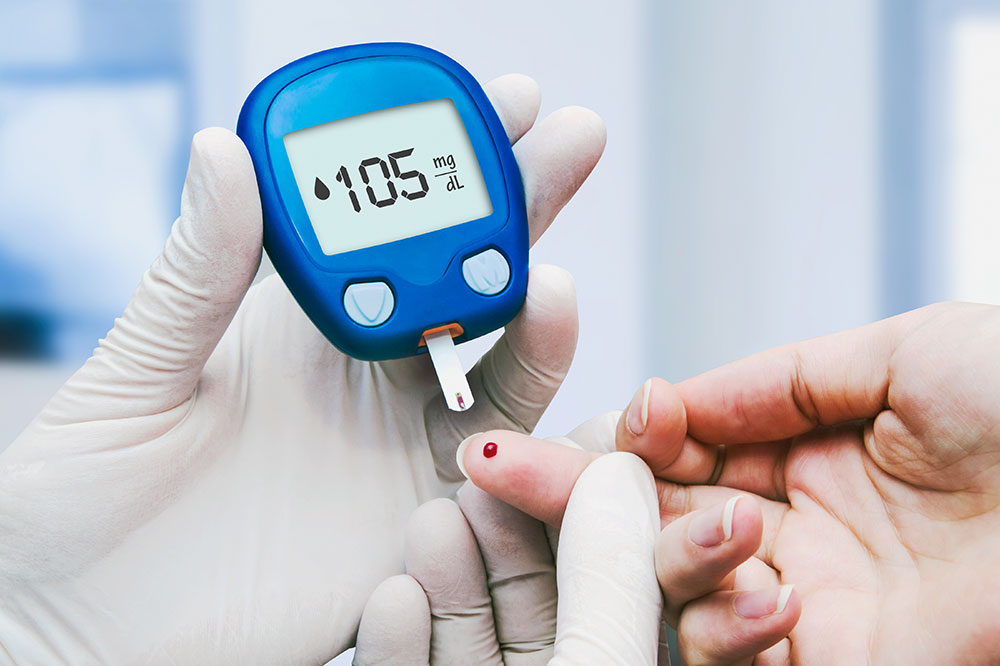Comprehensive Evaluation of Kidney Health Risks in Indonesian Adults Living with Diabetes
This detailed article explores the prevalence and risk factors of kidney impairment among Indonesian adults with diabetes. It underscores the importance of early screening, lifestyle modifications, and healthcare improvements to prevent diabetic kidney disease, emphasizing the current low diagnosis rates and necessary public health measures.

Comprehensive Evaluation of Kidney Health Risks in Indonesian Adults Living with Diabetes
Indonesia is experiencing a significant rise in the prevalence of diabetes, a trend driven by rapid urbanization, increasing population numbers, and lifestyle shifts that favor unhealthy habits. As the number of adults diagnosed with diabetes grows, so does the concern over the associated complications, notably chronic kidney disease (CKD). While diabetes remains the leading cause of CKD worldwide, not all individuals with diabetes will develop kidney problems, making early detection and risk assessment crucial for effective management and prevention of renal deterioration.
Purpose of the Study
The primary goal of this comprehensive study was to ascertain the prevalence of kidney impairment among Indonesian adults with diabetes and to identify significant risk factors that contribute to kidney dysfunction. The research extensively analyzed data from the 2013 Indonesian National Health Survey (Riskesdas), an important effort to inform healthcare policies and improve patient outcomes concerning diabetic kidney disease.
Research Methodology
This extensive research drew upon a large sample size, analyzing data from 15,791 women and 10,349 men aged between 20 to 54 years. Participants hailed from both rural and urban areas across Indonesia, ensuring a broad representation of the population. Data collection was carried out by the Ministry of Health’s National Institute of Health Research and Development (NIHRD), employing a cross-sectional design to capture a comprehensive snapshot of health conditions across 33 provinces of Indonesia.
The study gathered extensive variables including demographic details such as age, gender, and socioeconomic status, lifestyle factors like diet and physical activity, as well as clinical measurements including body mass index (BMI), blood pressure, blood lipid profiles, blood glucose, and serum creatinine levels. Kidney function was evaluated according to the guidelines provided by the CKD Epidemiology Collaboration (CKD-EPI), a standard tool used globally to estimate glomerular filtration rate (GFR) and assess kidney damage.
Major Findings
The investigation revealed that approximately 4% of Indonesian adults with diabetes exhibit signs of kidney dysfunction. However, the proportion of individuals officially diagnosed with CKD was surprisingly low at just 0.6%, highlighting a potential gap in diagnosis and awareness. Several risk factors were identified as significantly associated with kidney impairment, including advanced age, gender differences, socioeconomic disadvantages, excessive sugar intake, and low levels of high-density lipoprotein (HDL) cholesterol.
Additional factors influencing risk outcomes included the consumption of salty foods and coffee, hypertension, and abnormal lipid profiles, such as elevated triglycerides or LDL cholesterol. These insights emphasize the complex interplay between lifestyle choices, metabolic health, and renal function in the Indonesian diabetic population.
Implications and Recommendations
The data underscores the critical importance of early screening and regular monitoring of kidney health among diabetic patients in Indonesia. Since the actual detection rate of kidney disease remains low compared to its prevalence, there is a clear need for strengthening healthcare strategies, including routine health check-ups that incorporate kidney function tests like GFR and albuminuria assessments.
Addressing modifiable risk factors is paramount. Public health initiatives should promote healthier lifestyles—for instance, reducing salt and sugar intake, managing blood pressure, and improving lipid profiles through diet and exercise. Healthcare providers should prioritize patient education on the risks and early symptoms of kidney disease to facilitate timely intervention.
Furthermore, policymakers need to enhance healthcare infrastructure and training to ensure that at-risk populations are identified early and managed effectively, potentially curbing the progression of diabetic kidney disease, improving quality of life, and reducing long-term healthcare costs.
Conclusion
In summary, the prevalence of kidney issues among Indonesian adults with diabetes is notable, yet the detection and diagnosis remain inadequate. The findings highlight an urgent need for comprehensive strategies that include targeted screening programs, lifestyle interventions, and patient awareness campaigns. By focusing on early diagnosis and effective management, Indonesia can better mitigate the burden of diabetic kidney disease, ultimately improving health outcomes across its diverse population.





